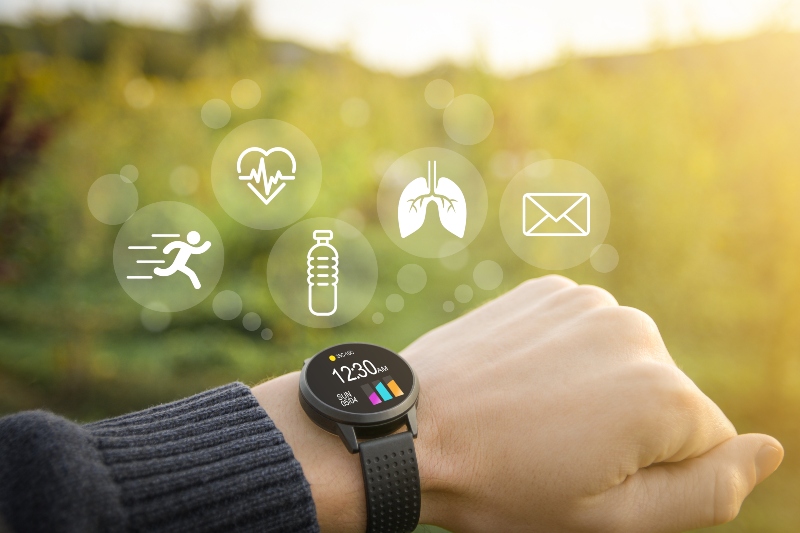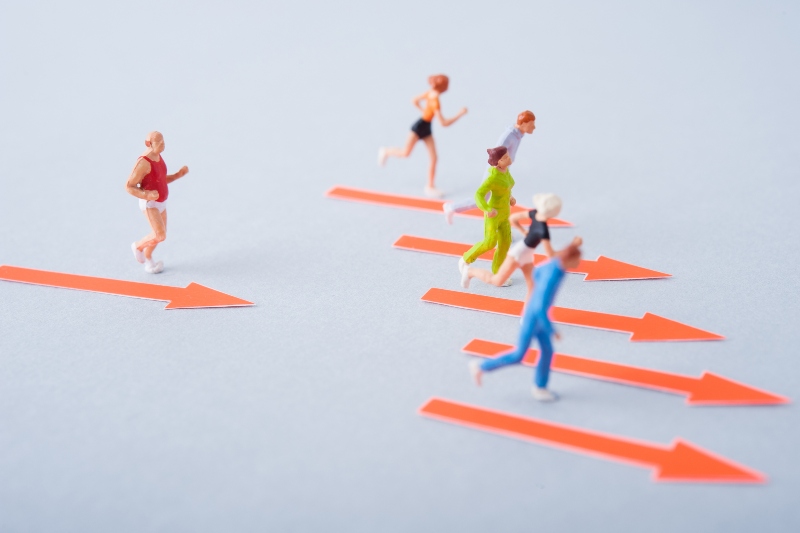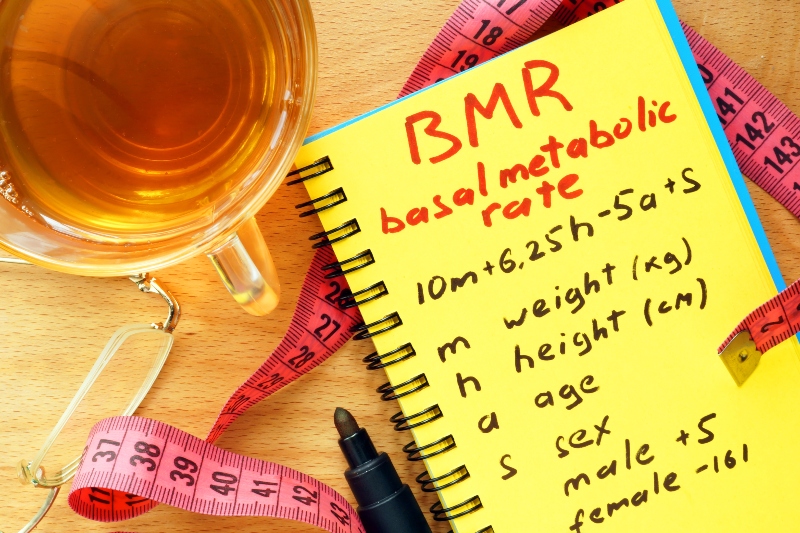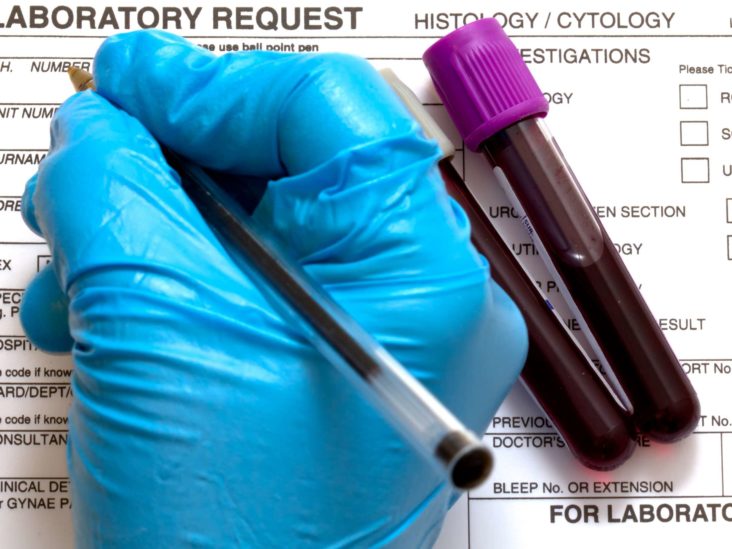During the course of the day your body burns a certain number of calories while performing its basic functions. The Basal Metabolic Rate (BMR) calculates the basic calorie amount you need for the day. Here’s what you should know about BMR and how you can use it to stay healthy even as you grow older.
What You Should Know:
- What is Basal Metabolic Rate (BMR)?
- How does your age affect your BMR?
- How to Calculate your ideal BMR?
What is Basal Metabolic Rate?
The body uses energy only to maintain organs like the lungs, heart, kidneys, intestines, nervous system, liver, skin, and muscles. The Basal Metabolic Rate (BMR) calculates the calories you burn while:
- breathing,
- temperature regulation,
- blood circulation,
- nutrition processing
- cell production.

BMR helps determine your Total Daily Energy Expenditure (TDEE), therefore it can help you calculate if you are consuming an adequate number of calories as per your lifestyle. This way it can be useful to monitor your calorie consumption, especially if you want to keep your weight in check and build muscle mass in your body.
How does your age affect your BMR?
Your metabolism includes all of the chemical reactions required to keep your body functioning. The faster your metabolism rate, the more calories you burn. As you grow older the metabolic rate tends to drop, which in turn lowers your BMR.
For instance, one study calculated the BMR of three groups of people: i) between ages 20–34, ii) between the ages 60–74 and iii) ages over 90. Compared to the youngest group, people aged 60–74 burned roughly 122 fewer calories, while people over 90 burned around 422 fewer calories.

Here are some of the reasons your age affects your BMR.
- Slow metabolic processes
The mitochondria generate energy for your cells while the sodium-potassium pumps generate nerve impulses as well as muscle and heart contractions. Both of these components slow down as you grow older, which progressively reduces your metabolic rate.
- Muscle loss
An average adult can lose anywhere between 3-8% of muscle mass every decade after turning 30. This can be due to a reduction in physical activity, but also because the production of growth hormones, testosterone or oestrogen also decreases.
- Reduced activity
The amount of time you stay active in exercises and other physical activity tends to drop as you grow older. This means you burn fewer calories during the day which leads to a slower metabolism.
How to Calculate your ideal BMR?

Traditionally the normal range of your ideal BMR was determined by age and gender. Here is the ‘DuBois normal standards for BMR’ breakdown according to your age bracket:
| Age | Male (calories per hour) | Female (calories per hour) |
| 20–29 | 39.5 | 37.0 |
| 30–39 | 39.5 | 36.5 |
| 40–49 | 38.5 | 36.5 |
| 50–59 | 37.5 | 35.0 |
| 60–69 | 36.5 | 34.0 |
| 70–79 | 35.5 | 33.0 |
However, the formula for BMR has evolved, and it now includes, height and weight in the calculation too. Here’s the is the Revised Harris-Benedict Equation for BMR:
Male: 66.5 + (13.75 x weight in kgs) + (5.003 x heigh in cms) – (6.775 x age in years)
Female: 655.1 + (9.563 x weight in kgs) + (1.850 x heigh in cms) – (4.676 x age in years)
You can use this formula or simply use our basal metabolic rate calculator in app’s dashboard section and find your ideal BMR.
After you calculate BMR online, you might need help in adjusting the daily calorie requirement to your current routine.


